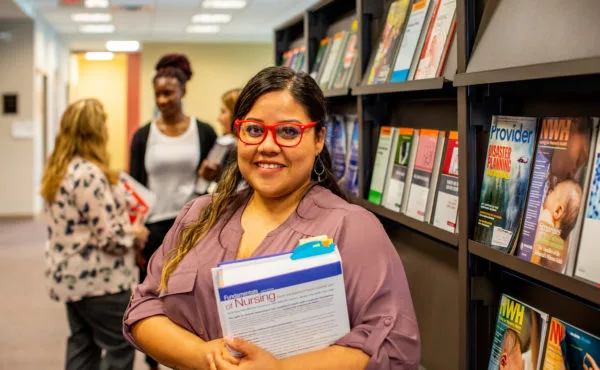Graceland University maintains libraries on both its Lamoni and Independence campuses.
Originally a stuffed owl, Aristotle the Owl has presided over the library since the earliest days of the university when the library was housed in the Higdon Administration Building and later Briggs Hall. Roy Cheville gave the owl its name during his student days. Librarian Cleo Hanthorne (Moon) adopted the owl symbol for the library stationery and public programs. She eventually threw away the dusty owl sometime prior to the opening of the Frederick Madison Smith Library. However, Aristotle reemerged sometime in the last 40 years as a statue that has been perched on a bookshelf in the library, vigilantly watching over Gracelanders’ studies.
Interested in diving deeper into our academic programs? Explore our Article Request Form to access exclusive materials.

Graceland's library on the Lamoni campus contains 39,099 square feet of floor space and is designed to hold up to 126,000 books.
View Graceland Online Resources
Based on Graceland's Independence campus, the Grabske library contains an extensive collection of nursing resources and is available to our nursing and online students.
View Graceland Online Resources